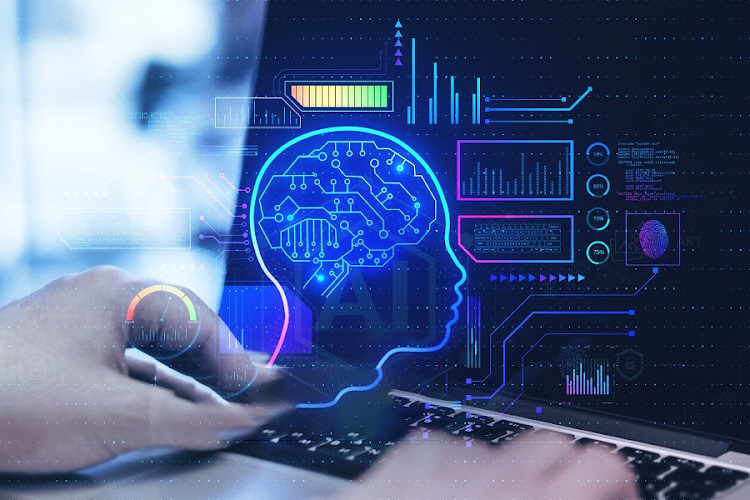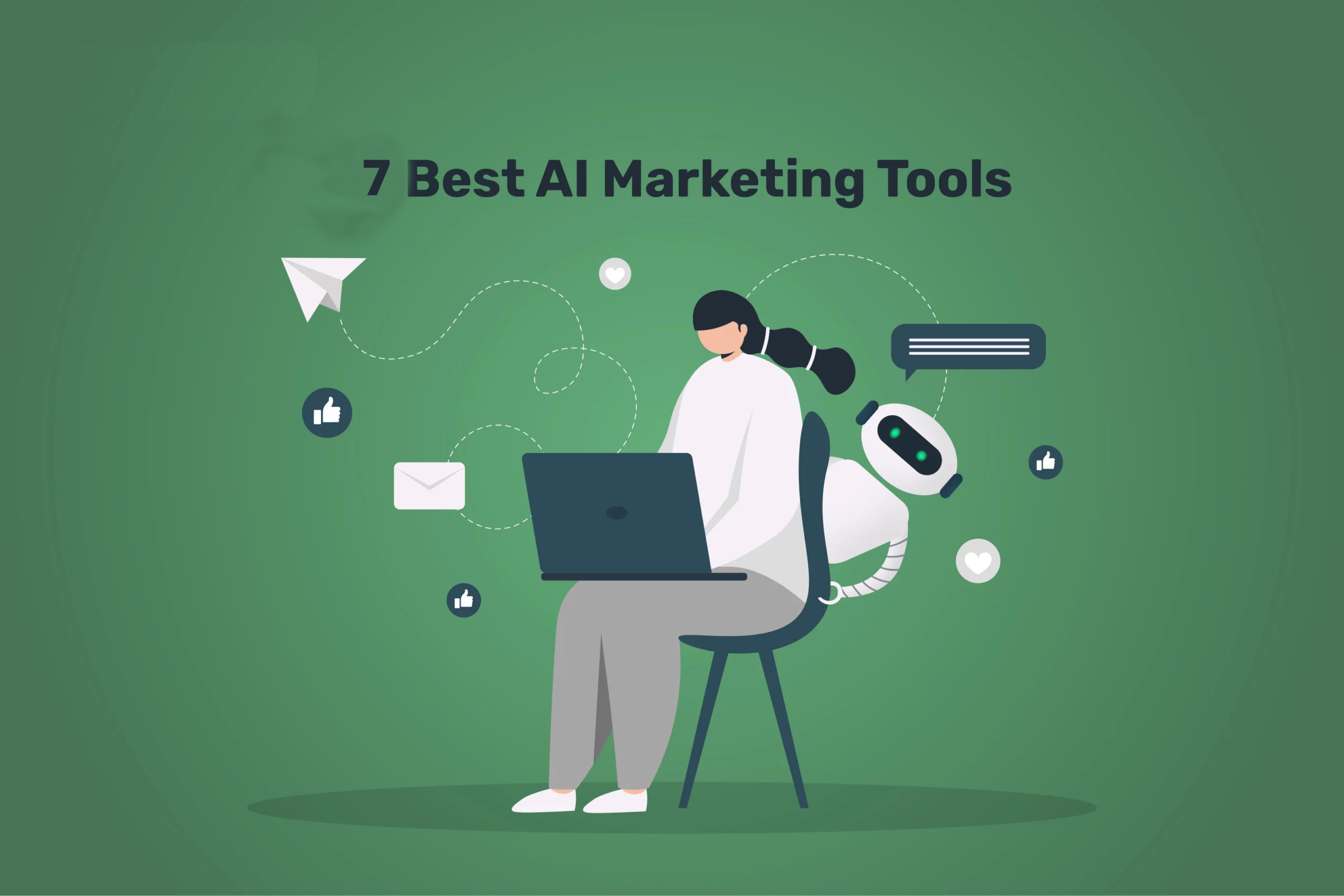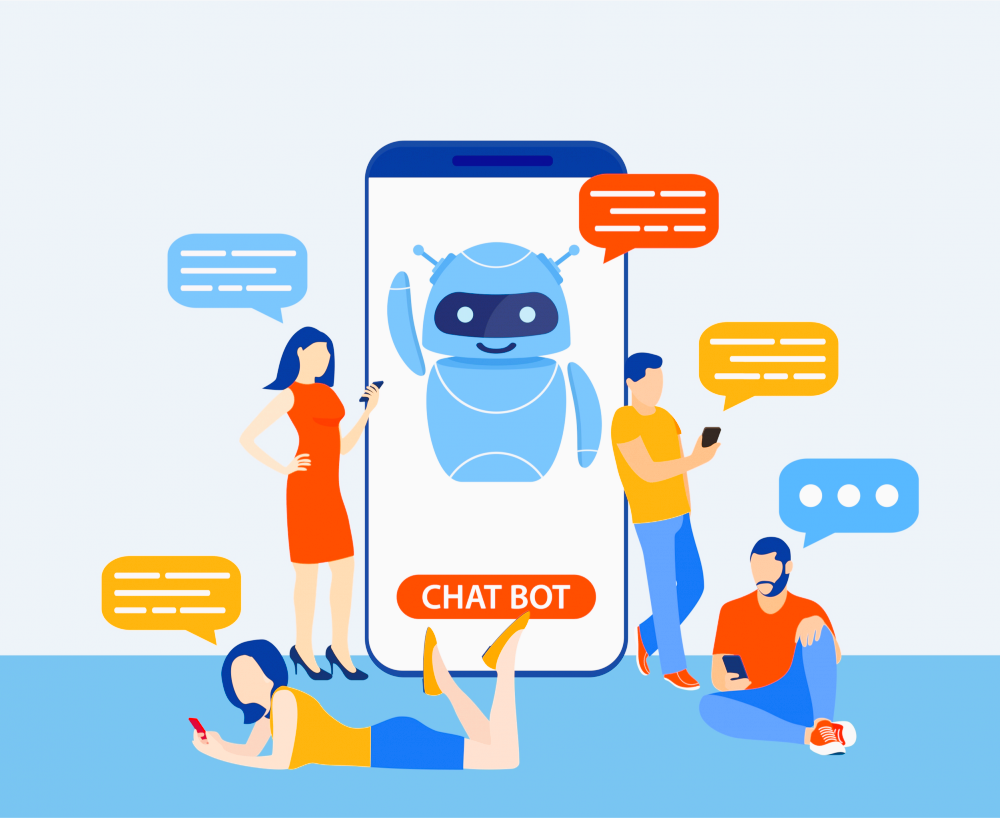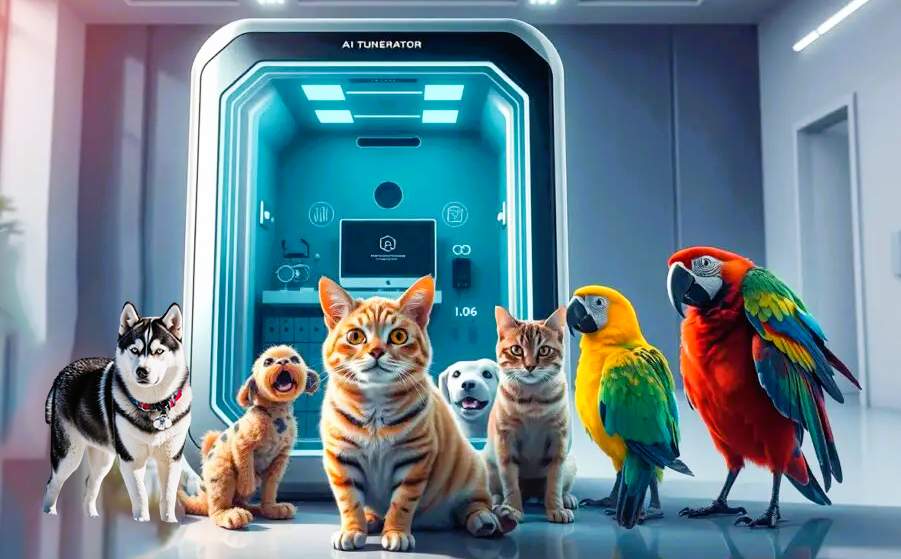Generative Artificial Intelligence (AI) is a type of AI technology that can create new content, whether text, images, music, or even videos. Unlike traditional AI, which analyzes data or solves predefined problems, generative AI builds something entirely new from what it has learned.
Generative AI tools are becoming a significant part of today’s technology landscape. These tools are transforming industries like art, writing, and entertainment and changing how we work, learn, and solve problems. This blog post will explore what generative artificial intelligence tools are, how they work, and their impact on the world around us.
What is Generative AI?
Generative AI is artificial intelligence designed to generate new content or data. It learns from existing data and then uses that information to create something original based on patterns and structures it has detected.
For example, generative AI might analyze thousands of images of cats and then create a new image of a cat that didn’t exist before. This differs from traditional AI, which focuses on analyzing data or recognizing patterns without creating new content. Generative AI’s creation ability is unique and different from other AI technologies.
Some typical applications of generative AI include:
- Text generation: AI writing tools like ChatGPT can generate articles, blog posts, or stories from a few prompts.
- Image creation: Tools like DALL-E can generate realistic images based on user descriptions.
- Music composition: AI programs can create original music compositions based on input or genre preferences.
Types of Generative Artificial Intelligence Tools
Generative AI tools come in different forms depending on what they are designed to create. Let’s look at some of the main types:
- Text generation tools: These tools create written content. Examples include ChatGPT and Jasper, which can generate articles, product descriptions, and even conversations.
- Image creation tools: Programs like DALL-E and MidJourney can generate new images based on text descriptions. Artists and designers use these tools to develop creative concepts or visual content quickly.
- Music composition tools: Tools like OpenAI’s Jukedeck or AIVA can compose original music by analyzing existing songs and creating new tracks based on that analysis.
Each tool has become popular, helping professionals save time and explore creative possibilities that would take much longer without AI.
How Generative AI Works
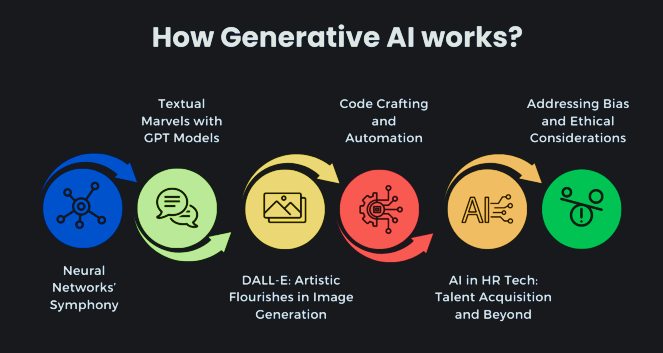
At the core of generative AI are machine learning and neural networks. But, machine learning is the technology that helps AI learn from data. Neural networks are designed to work like the human brain, processing information and recognizing patterns in large datasets.
When a generative AI model is trained, it is fed vast amounts of data, like images, text, or music. The model then uses this data to learn how things are typically structured. Once the AI understands the patterns, it can start generating new content. For instance, an AI trained in thousands of artworks will learn artists’ patterns and techniques and create original pieces based on those learnings.
Benefits of Using Generative AI Tools
Generative AI tools offer several critical benefits across various industries:
- Efficiency: Tasks taking humans hours or days can now be done in minutes. For example, AI tools can generate content creation or design ideas rapidly.
- Creativity: Generative AI can suggest new ideas and concepts that might not have occurred to humans. It offers a way to think outside the box.
- Cost-effectiveness: Companies can save money using AI for specific creative tasks instead of hiring large teams. For example, businesses can use AI to create marketing copy or design assets at a fraction of the cost.
Real-world examples include companies using AI to generate social media content, designers using AI tools for creating new product concepts, and musicians composing music using AI-generated melodies.
Challenges and Limitations
Despite its benefits, generative AI also comes with several challenges:
- Bias in data: If the AI’s training data contains bias, the output could also reflect those biases. This is a common problem in image and text generation tools.
- Quality control: Sometimes, AI-generated content must meet human expectations for quality or accuracy. For instance, text generation tools may produce content that sounds unnatural or repetitive.
- Ethical concerns: The ability of generative AI to create new content raises concerns about originality, plagiarism, and the ethical use of AI-generated works, primarily when replicating human creativity.
Future Trends in Generative AI
Generative AI is evolving rapidly, and the future holds exciting possibilities:
- More advanced models: As the technology improves, we can expect even more powerful tools to generate content indistinguishable from human-created works.
- Integration in everyday life: Generative AI will likely become a standard tool in fields like marketing, design, and entertainment, where creativity and productivity are essential.
- Collaboration between AI and humans: Instead of AI replacing humans, the future will likely see more cooperation between human creators and AI, with AI assisting in tasks like brainstorming and generating drafts.
Best Practices for Using Generative AI Tools
To make the most of generative AI tools, it’s essential to understand both their strengths and their limits:
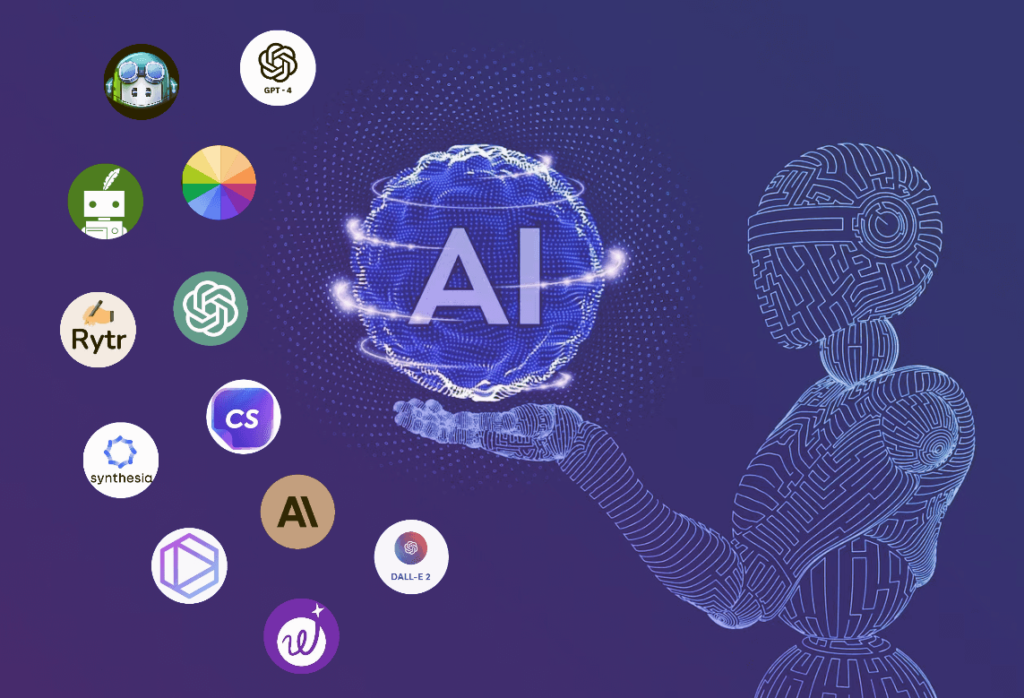
- Know the tool’s capabilities: Learn what AI can and cannot do to avoid unrealistic expectations.
- Use AI responsibly: Be mindful of ethical concerns, such as ensuring AI-generated content doesn’t infringe on copyright or promote biased outcomes.
- Understand the limitations: Generative AI tools are powerful but could be better. Continually review and refine AI-generated content to ensure it meets the desired quality.
Case Studies
Several industries are already benefiting from generative AI. For example:
- Marketing: Companies use AI tools like Jasper to write social media posts or blog articles, saving time and resources.
- Entertainment: Musicians and filmmakers use AI-generated music and visuals to speed up the creative process.
- Healthcare: In some cases, AI is used to help create personalized treatment plans based on data analysis.
Conclusion
Generative AI tools are transforming how we create, work, and innovate. They are becoming indispensable in various industries, from text and image generation to music composition. While there are challenges, the potential of generative AI to enhance creativity, improve efficiency, and open new possibilities makes it a valuable asset in today’s technology-driven world. As AI continues to evolve, exploring and using these tools responsibly, considering their capabilities and limitations, is essential.

